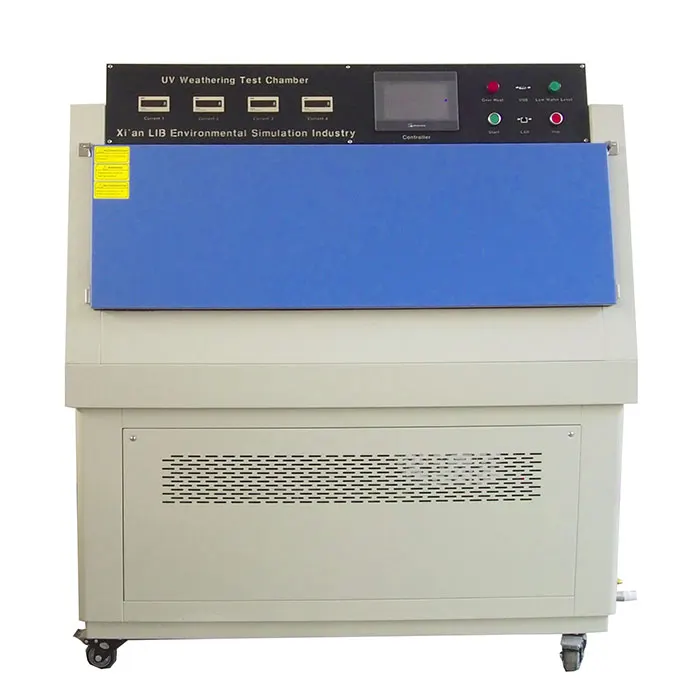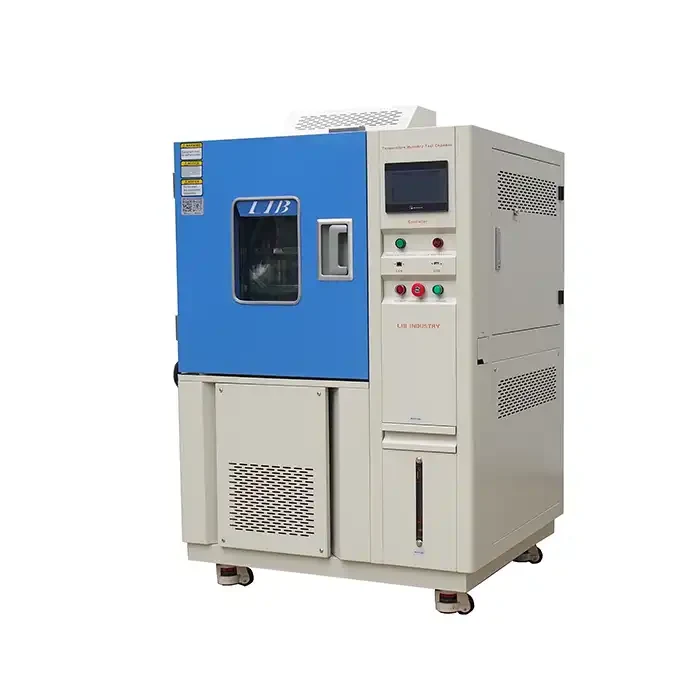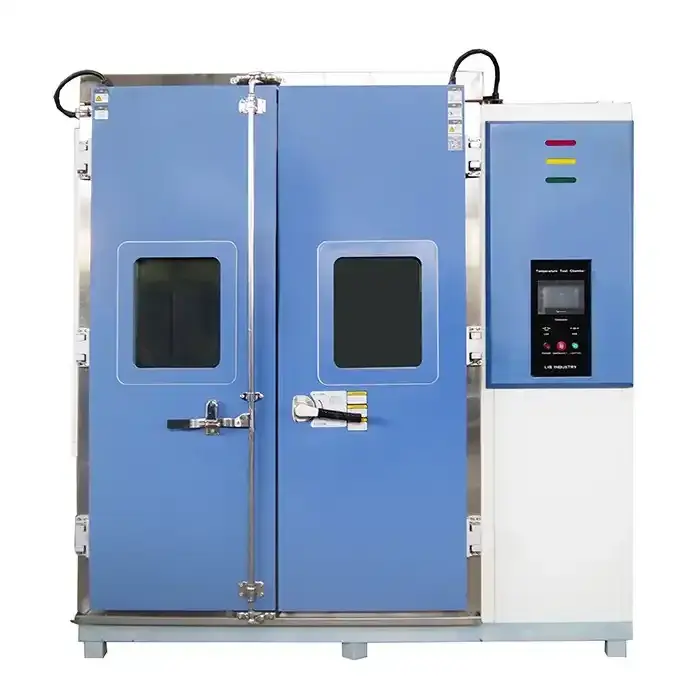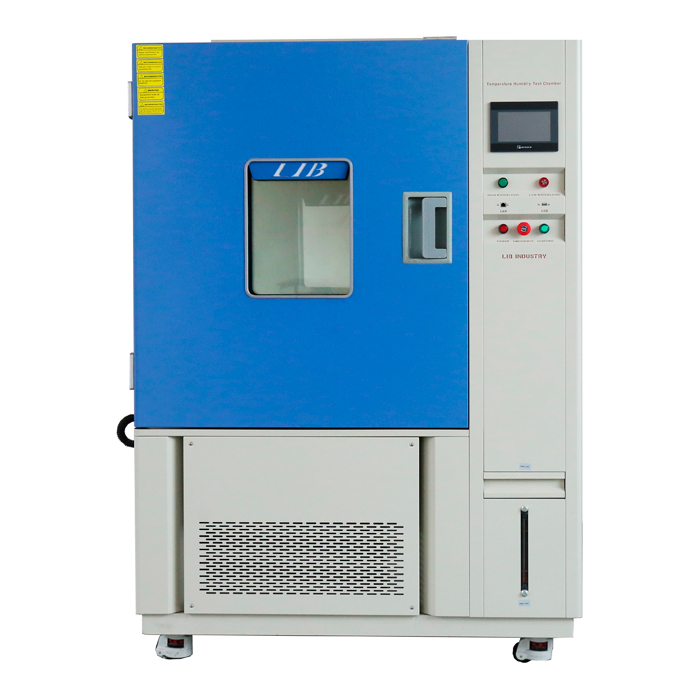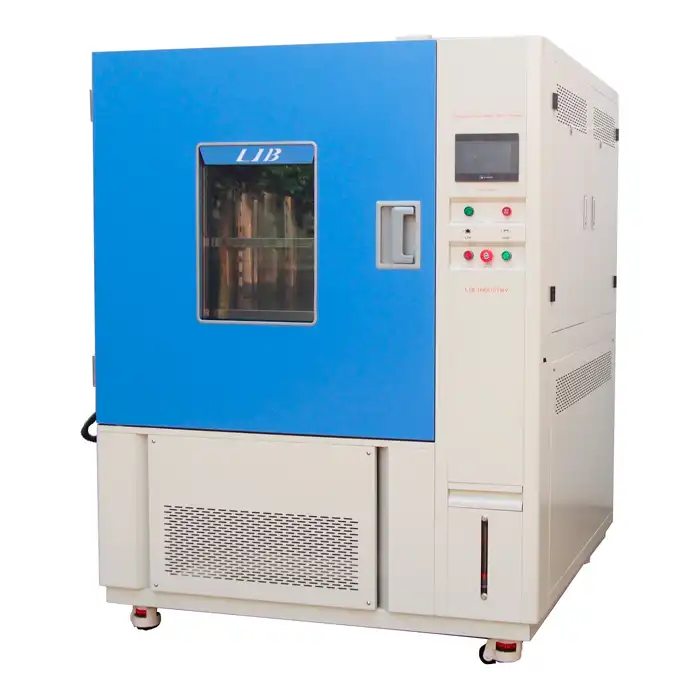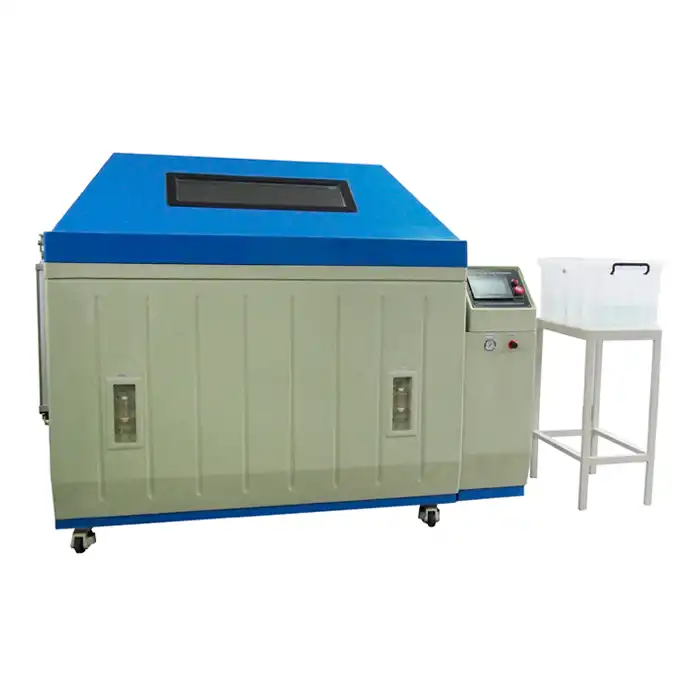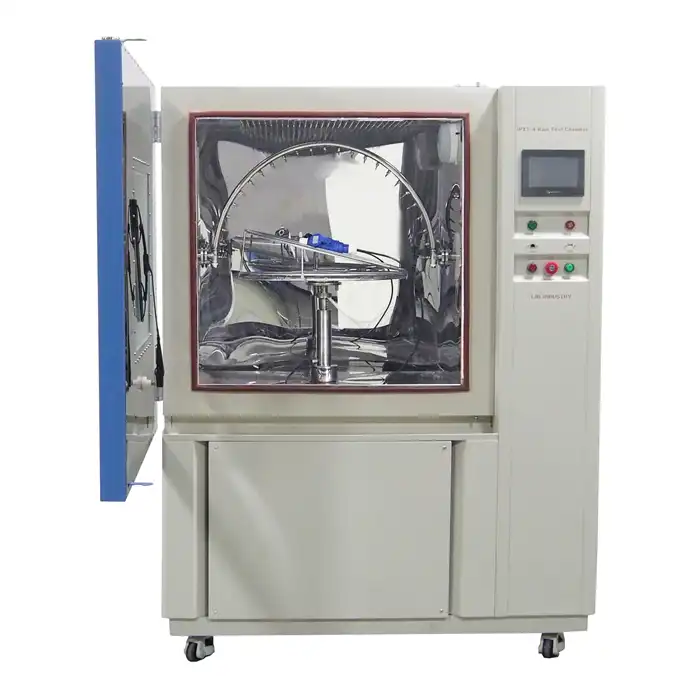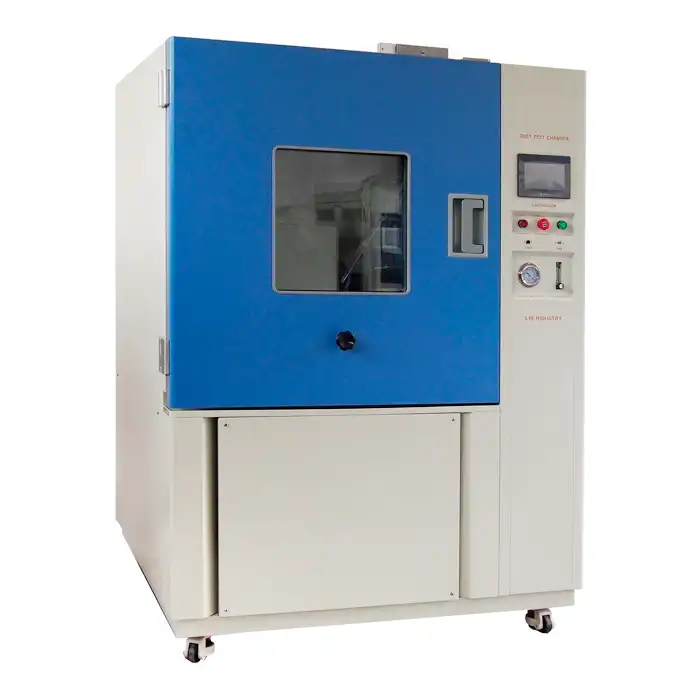What is the function of UV chamber in laboratory?
In the realm of scientific research and product development, ensuring that materials and products can withstand various environmental conditions is crucial. One essential tool used for this purpose is the UV test chamber. This blog will delve into the function of UV chambers in laboratories, exploring their test execution standards, processes, and details to provide a comprehensive understanding of their importance.
Understanding UV Test Chambers: Basics and Applications
UV test chambers are specialized equipment designed to simulate the effects of ultraviolet (UV) radiation on materials and products. These chambers are widely used in various industries, including automotive, aerospace, electronics, and consumer goods, to test the durability and longevity of materials when exposed to UV light. The primary function of a UV test chamber is to replicate the aging effects of sunlight on products in a controlled and accelerated manner.
Key Functions and Benefits
Accelerated Aging Tests: UV chambers can simulate years of UV exposure in a matter of days or weeks. This accelerated testing helps manufacturers identify potential issues related to UV degradation much faster than natural exposure would allow.
Quality Assurance: By subjecting products to UV testing, manufacturers can ensure that their products meet quality standards and are resistant to UV damage. This is particularly important for outdoor products like automotive parts, paints, and coatings.
Research and Development: UV chambers are invaluable in R&D processes. They allow scientists and engineers to test new materials and coatings, enabling them to develop UV-resistant products that can withstand prolonged exposure to sunlight.
Test Execution Standards and Processes
To ensure accurate and reliable results, UV test chambers adhere to specific test execution standards. These standards define the procedures and conditions under which UV testing should be conducted. Some of the widely recognized standards include ASTM G154, ISO 4892-3, and SAE J2412.
Test Execution Standards
- ASTM G154: This standard outlines the practice for operating UV fluorescent light apparatus for exposure of non-metallic materials. It specifies the type of UV lamps to be used, the duration of exposure, and the environmental conditions within the chamber.
- ISO 4892-3: This standard describes the methods for exposing materials to laboratory light sources, including UV lamps. It provides guidelines for setting up the test environment, controlling temperature and humidity, and measuring the effects of UV exposure.
- SAE J2412: This standard focuses on accelerated exposure of automotive exterior materials using a controlled irradiance water-cooled xenon-arc apparatus. It is specifically tailored for the automotive industry to test the durability of exterior materials.
Testing Processes
- Sample Preparation: Before testing, samples of the material or product are prepared according to the specific standards. This often involves cleaning the samples to remove any contaminants that could affect the test results.
- Chamber Setup: The UV test chamber is set up according to the test standards. This includes selecting the appropriate UV lamps, setting the exposure duration, and adjusting the temperature and humidity levels.
- Exposure and Monitoring: Samples are placed in the chamber and exposed to UV radiation for the specified duration. During the test, parameters such as temperature, humidity, and UV intensity are continuously monitored to ensure consistency.
- Evaluation: After exposure, the samples are evaluated for changes in physical properties, color, and appearance. This evaluation helps determine the material's resistance to UV degradation and its suitability for outdoor use.
Detailed Insights into UV Test Chamber Capabilities
UV test chambers offer a range of capabilities that make them indispensable in laboratories. Understanding these capabilities can help manufacturers and researchers make informed decisions about their use.
Simulating Various Environmental Conditions
UV chambers can replicate not only UV radiation but also other environmental conditions such as temperature and humidity. This versatility allows for comprehensive testing of materials under different weather conditions, providing a more realistic assessment of their durability.
Customizable Testing Parameters
Modern UV test chambers come with advanced features that allow users to customize testing parameters. This includes adjusting the UV intensity, setting different temperature and humidity levels, and programming exposure cycles to mimic day-night variations. Such customization ensures that the testing conditions closely match the real-world scenarios the product will face.
Data Logging and Analysis
Many UV chambers are equipped with data logging and analysis tools. These tools record all relevant parameters during the test, enabling detailed analysis of the results. This data is crucial for identifying trends, understanding failure modes, and making improvements to the product design or material composition.
Ensuring Reproducibility and Reliability
Reproducibility and reliability are key aspects of UV testing. UV chambers are designed to maintain consistent test conditions, ensuring that the results are reproducible across different test runs. This consistency is vital for making reliable comparisons between different materials and products.
Conclusion
UV test chambers play a vital role in laboratories by simulating the effects of UV radiation on materials and products. They provide accelerated aging tests, ensure quality assurance, and support research and development efforts. By adhering to standardized test execution processes and providing advanced features, UV test chamber manufacturers produce chambers that help researchers develop UV-resistant products that can withstand prolonged sunlight exposure. Understanding the function and importance of UV test chambers is essential for ensuring the durability and longevity of materials in various industries.
If you want to learn more about this kind of UV Test Chamber, welcome to contact us info@libtestchamber.com.
References
1. ASTM International. (2021). ASTM G154-16: Standard Practice for Operating Fluorescent Ultraviolet (UV) Lamp Apparatus for Exposure of Nonmetallic Materials.
2. International Organization for Standardization. (2016). ISO 4892-3:2016: Plastics — Methods of exposure to laboratory light sources — Part 3: Fluorescent UV lamps.
3. SAE International. (2020). SAE J2412: Accelerated Exposure of Automotive Exterior Materials Using a Controlled Irradiance Water-Cooled Xenon-Arc Apparatus.
4. Atlas Material Testing Technology LLC. (2017). UV Testing for Product Durability: Ensuring Long-Term Performance and Reliability.
5. Q-Lab Corporation. (2019). The Basics of UV Testing: Key Principles and Methods.
6. Fischer, R., & Hellmann, C. (2018). UV Radiation and Its Effects on Materials: A Comprehensive Overview. Materials Testing, 60(4), 372-379.
7. Fluke Corporation. (2020). Understanding UV Test Chambers: Capabilities and Applications in Modern Laboratories.



